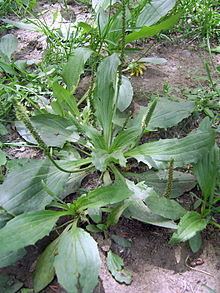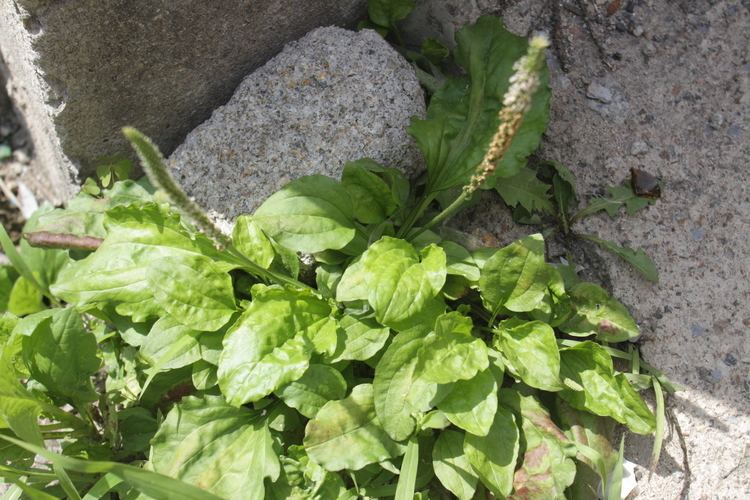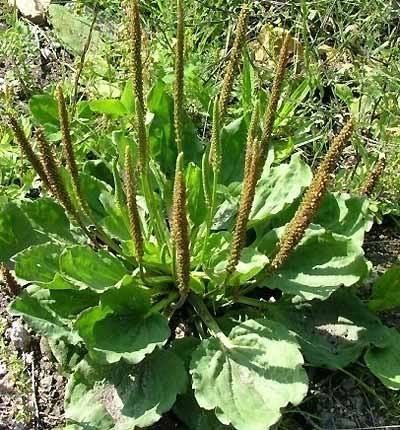Rank Species | Higher classification Plantains | |
 | ||
Similar Plantaginaceae, Broadleaf plantain, Plantains, Alisma plantago‑aquatica, Wolfiporia extensa | ||
Broadleaf plantain plantago major luminearth s how to identify wild edible medicinal plants
Plantago asiatica, is a self-fertile, perennial flowering plant of genus Plantago. It is in flower from July to August. The plant is native to East Asia (China, Japan, Korea, etc.). It grows really well in disturbed areas like roadsides or even dirt roads.
Contents
- Broadleaf plantain plantago major luminearth s how to identify wild edible medicinal plants
- Description
- Medicinal use
- Culinary use
- References

Common Name: Chinese plantain, obako, arnoglossa
Description

This plant is a perennial herb that grows to 20–60 cm high, and has big roots. Its leaves, which gather on the ground, have oval blades and are 11–12 cm long and 4–9 cm wide, with obtuse apex and base, and 5 smooth main veins from the leaf base. The petioles are almost the same length as the blades. The plant has erect spikes of 20–45 cm high, with many small, white, hairless flowers, and oval sepals that are 1.8–2 cm long, tube corolla with 5 oval lobes, and 4 stamens. The fruits are oval-shaped pyxis of 3.5 mm high and 2 mm wide, which have 4 black seeds inside that are up to 1.8 mm long.
Medicinal use

This plant was traditionally used in Asian pharmacopoeia for the treatment of liver disease. It has also been used to treat stomach troubles and inflammation of the bladder and urinary tract. Its seeds have a mild laxative effect.
Culinary use

The leaves of the plant are used in many Japanese dishes, especially soups. In Vietnam, the young leaves are boiled, fried, or made into soup with meat or prawns.
